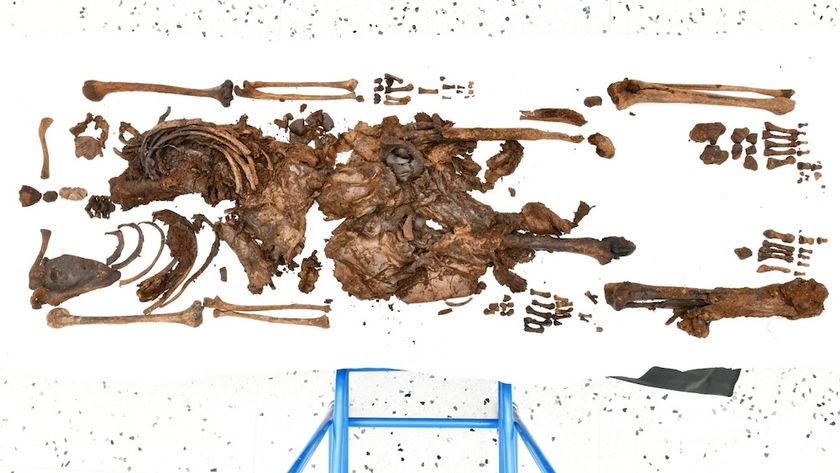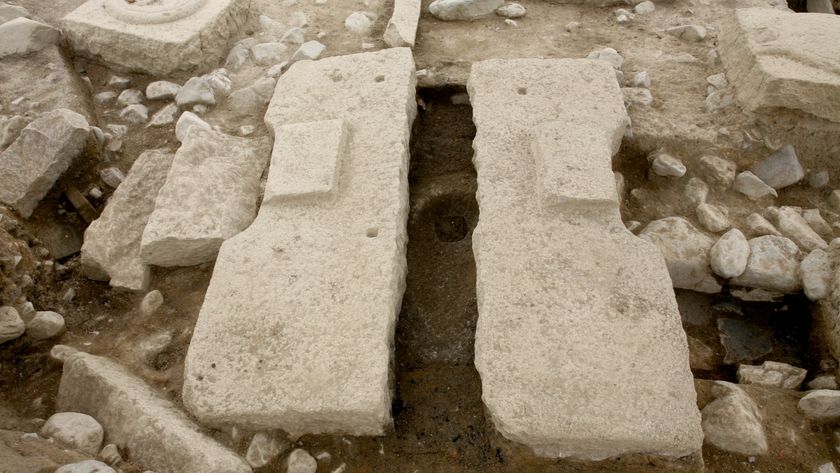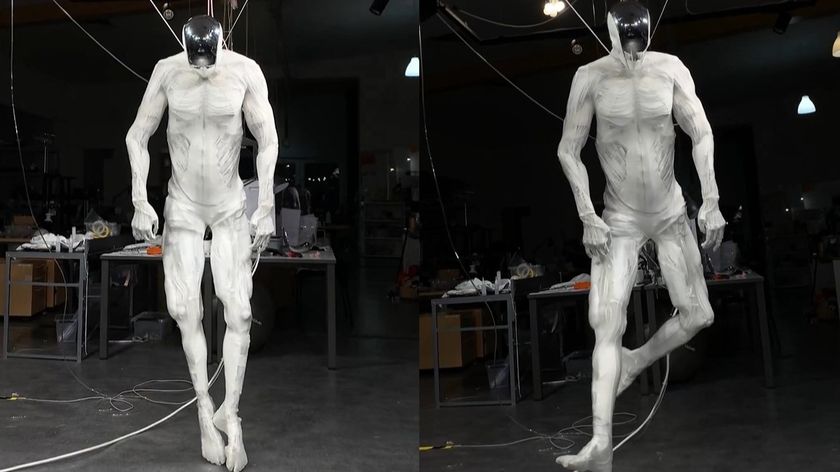Tombs of Ancient Rabbis Possibly Discovered in Galilee
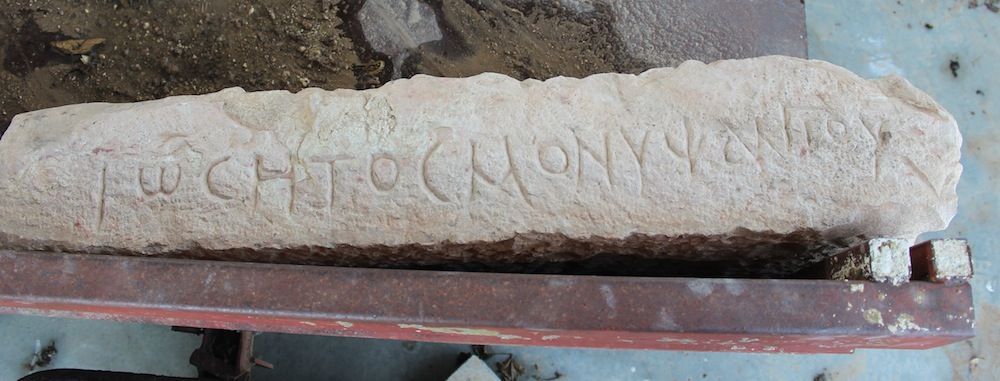
Archaeologists surveying an ancient cemetery in Israel say they have discovered 1,700-year-old inscriptions in stone that may mark the burial place of elite rabbis.
The inscriptions were uncovered at Zippori, also known as Sepphoris, which was once the Jewish capital of Galilee in northern Israel. For the past three years, archaeologist Motti Aviam, of the Kinneret Institute for Galilean Archaeology, and his colleagues have documented several hundred ancient tombs of Zippori.
The burial grounds were used between the 2nd and late 4th centuries A.D., Aviam said. Sarcophagi, ossuaries and other burial chambers have been found inside the boundaries of a national park (which also contains ancient streets, mosaic floors and a Roman-style theater) as well as inside the modern moshav, or village. Some tombs have even been found in residents' backyards, the archaeologists said. [The Holy Land: 7 Amazing Archaeological Finds]
By hiking the area and looking into holes and under bushes, Aviam and his team have mostly been marking tombs that can been seen on the surface. (Actual excavations are rarer, as the digging up of ancient cemeteries in Israel is sometimes controversial, prompting protests from religious groups who want the tombs left undisturbed.)
A few weeks ago, locals told the archaeologists about a place on the edge of the modern moshav where they remembered seeing a few stones with inscriptions. The researchers investigated, and indeed, they discovered three inscriptions — one written in Greek and the other two in Aramaic — on stone lintels that would have rested above the entrance to the graves.
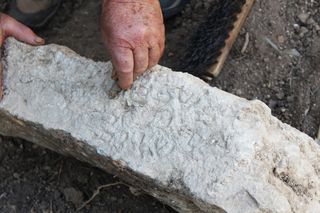
"Everyone who stood in front of the tombs would have been able to read it," Aviam told Live Science. He said the finding was surprising, because inscriptions are not common archaeological discoveries in Israel.
"Most of the inscriptions are on mosaic floors of synagogues and churches," Aviam said. "Finding these three inscriptions together in one day is a great contribution to our historical knowledge."
Sign up for the Live Science daily newsletter now
Get the world’s most fascinating discoveries delivered straight to your inbox.
The Greek inscription mentions the name "Jose," according to an announcement from the Israel Antiquities Authority. The two Aramaic inscriptions each claim to mark the burial place of a "rabbi." Aviam said it is not clear if the title "Rabbi" had the same meaning 1,700 years ago as it did today, though important rabbis were undoubtedly social and religious leaders — as was the case with the 2nd century A.D. Rabbi Yehudah Hanasi, a famous resident of Zippori, who compiled the Mishnah, the written version of oral Jewish law.
The Israel Antiquities Authority has taken the stone artifacts into storage, and specialists in Aramaic and Greek will take a closer look at the inscriptions to decipher words that are not clear, such as the names of the rabbis. The researchers plan to publish their findings in an academic journal.
For now, they can tell that one of the lintels has the phrase "from Tiberias," perhaps indicating the person buried there came from Tiberias, another city in Galilee that eventually eclipsed Zippori in terms of political importance.
The other tomb marker bears the Aramaic epitaph "le-olam," which means "forever." Aviam said this word had special significance in the ancient world. "In the ancient periods, some people sometimes took over old tombs," he said. "So what he means is, 'Don't interrupt my resting place —I want to be here forever.'"
Follow us @livescience, Facebook & Google+. Original article on Live Science.

Most Popular



